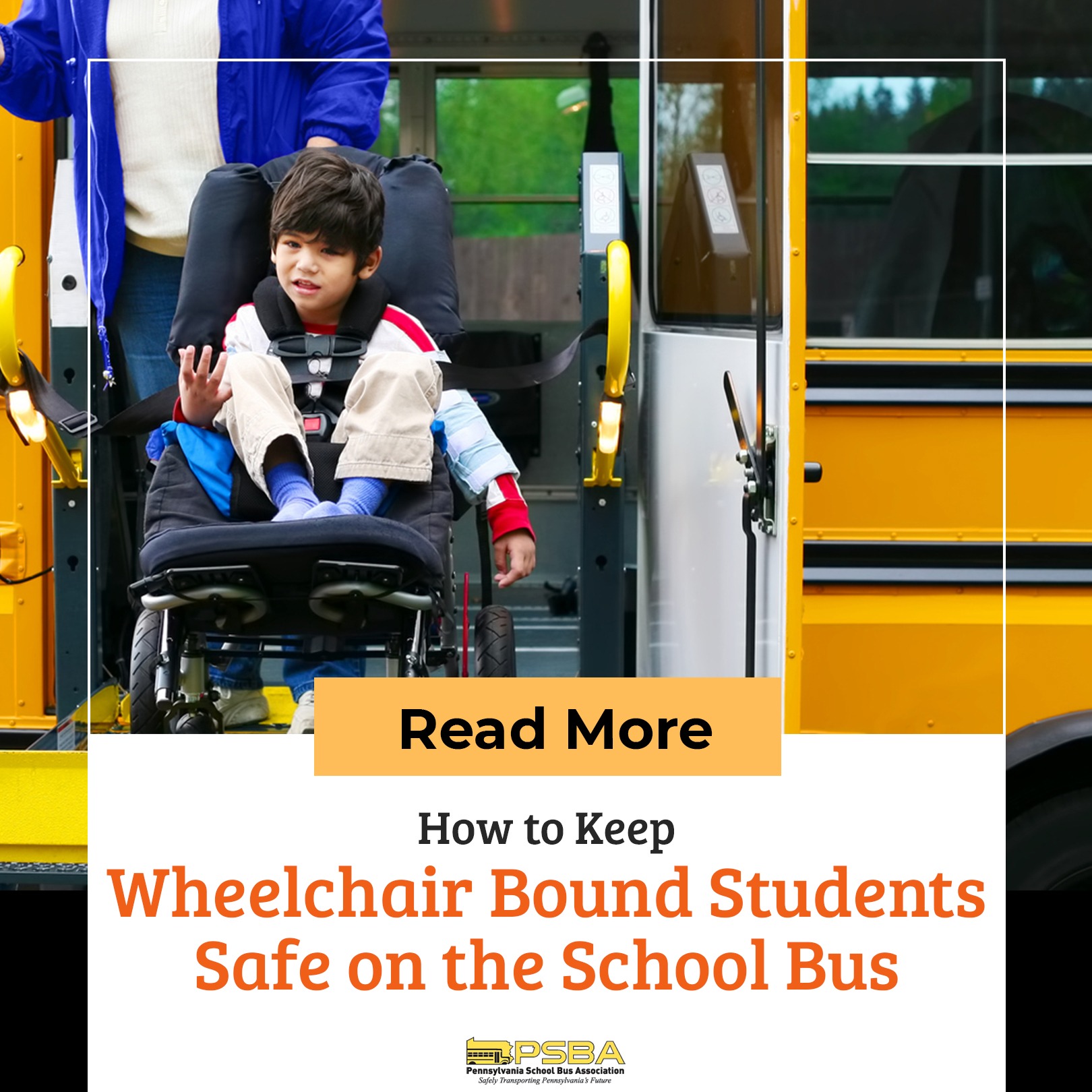Every student deserves to be transported safely to and from school, particularly students with disabilities and special needs.
However, transporting children with disabilities and special needs can be challenging. School bus drivers know that such a task requires physical and mental work. Of course, safety is always of paramount importance. As always, the drivers understand how to drive the bus in a manner that keeps students safe and comfortable.
But with a disabled or special-needs student on board, school bus drivers will face various daily challenges. Fortunately, most drivers are trained for these challenges and often accomplish them successfully. They know they have an essential role to play when transporting disabled and special-needs students.
Transporting students in wheelchairs to and from school
Many of these students being transported are physically disabled and bound in wheelchairs. A school bus driver knows he is responsible for these students’ safety, from entering their school to reaching their homes.
In dealing with these situations, the school bus driver usually loads the student onto the bus at the site, both the pick-up location and the school. Upon arriving at the destination, the driver unloads the student.
By law, school buses must be wheelchair-accessible, fitted with lifts, and have designated seats or areas to secure students who use wheelchairs while on board. Such areas typically have a four-point wheelchair tie-down and straps to secure and restrain the rider’s shoulders and pelvic regions. Many school buses also feature a frame for the attachment of tie-down straps. Students must be transported in a school bus only in the forward-facing direction and appropriately secured with these tie-downs and straps.
In addition to ensuring that buses are adequately equipped to accommodate students who use wheelchairs, school districts should also provide adequate and specific training to bus drivers to be aware of the best practices for transporting students who use wheelchairs.
Some schools employ bus attendants or monitors to help students in wheelchairs board and get off school buses safely. These schools should also provide specific training to attendants to ensure they know precisely how to perform their tasks safely.
Wheelchair-bound students require that drivers operate the bus in a way that will not injure them.
As someone in charge of disabled students, when they’re on board, school bus drivers should take time to understand their disabilities better so that they can react quickly in case a health or behavioral issue may arise. The student’s Individualized Educational Plan (IEP) is the best way of obtaining this information. But drivers should keep in mind that IEP policies and procedures may differ. They can also gather additional sources from special education websites and online forums as they will provide more insights regarding specific disabilities.
Roles
Being in charge of ensuring wheelchair-bound students’ safety while on the bus is a huge responsibility for the drivers.
The school bus drivers need to manage the student’s behavior and administer health care to them when necessary. They should also be trained in positioning and securing/removing wheelchair add-on equipment and safely ensuring occupants to their designated seats or areas.
Another role that school bus drivers will have to double as is as emergency workers. If the bus needs to evacuate in case of an emergency, school bus drivers should implement a swift and thorough evacuation of all students on the bus. Evacuating a student who uses a wheelchair takes a lot more time and effort, so a seating chart should be in place to allow the quickest and most efficient type of evacuation possible.
However, the most important role school bus drivers play to these students is a friend. While students who use wheelchairs need routine and structure on the bus, they also want their bus driver’s attention and warm regard. They desire the ability to communicate with the driver personally and look up to them as someone they feel comfortable with to express their feelings, talk about their problems, etc.
Conclusion
Students nationwide are guaranteed the right to a free and appropriate education. School districts can achieve the goal of providing an education to all students by providing safe transportation for them. No student should be denied that right just because they’re in a wheelchair. Read more about “Transporting Students with Special Needs” to understand what is needed. Several safety and training tools are available to schools, students, parents, and transportation departments specifically designed to keep students who use wheelchairs safe on their bus rides.

